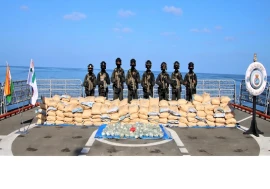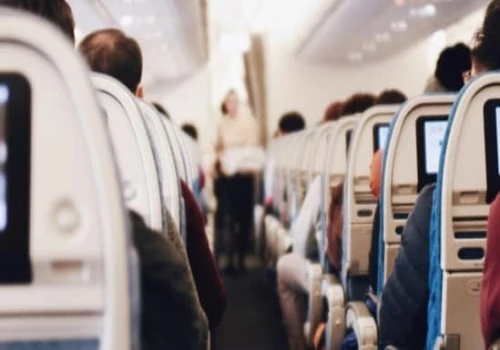
This year, Delhi, the nation's capital, is once again experiencing an increase in air pollution. The central government of India has prohibited non-essential construction activities in the National Capital Region (NCR) of Delhi due to the deteriorating conditions. In Delhi, the government implemented the Graded Response Action Plan's (GRAP) Stage 3 limitations.
Delhi's overall AQI is steadily rising since on Friday morning. It stood at 397 at 10 am and 409 at 4 pm.
Amidst deteriorating air quality, the governments of Haryana and Uttar Pradesh have been urged to contemplate ending physical education programs.
A sudden spike in Delhi's daily average air quality index (AQI) can be attributed to unfavorable meteorological conditions such as fog and haze combined with low wind speeds, according to an order issued by the Commission for Air Quality Management (CAQM), a statutory body tasked with developing strategies to combat pollution in the area.
Recalling restrictions under Graded Response Action Plan (GRAP) Stage-III, the CAQM mandated that non-essential building, stone crushing, and mining be prohibited in Delhi-NCR.
The moratorium does not apply to construction in Delhi that is associated with projects of national importance, national security or defense, hospitals, trains, metro rail, airports, interstate bus terminals, highways, roads, flyovers, overbridges, power transmission, pipelines, sanitation, and water supply.
The use of BS-III gasoline and BS-IV diesel four-wheelers in Delhi, Gurugram, Faridabad, Ghaziabad, and Gautam Budh Nagar is also restricted under Stage-III.
The Center's wintertime air pollution reduction plan, known as GRAP, is put into practice across the area.
GRAP divides acts into four stages: 'Very Poor' (AQI 301-400), 'Poor' (AQI 201-300), 'Severe' (AQI 401-450), and 'Severe Plus' (AQI>450) for Stage III.
Based on available data, cars were responsible for 35% of the PM2.5 concentration in Delhi on Thursday at 5 p.m., followed by biomass burning at 34% and burning of rubbish and plastic at 6% extra contribution. When compared to statistics from the same time the day before, there was a shift: cars contributed 61%, biomass burning contributed 20%, and rubbish burning contributed 1%.








